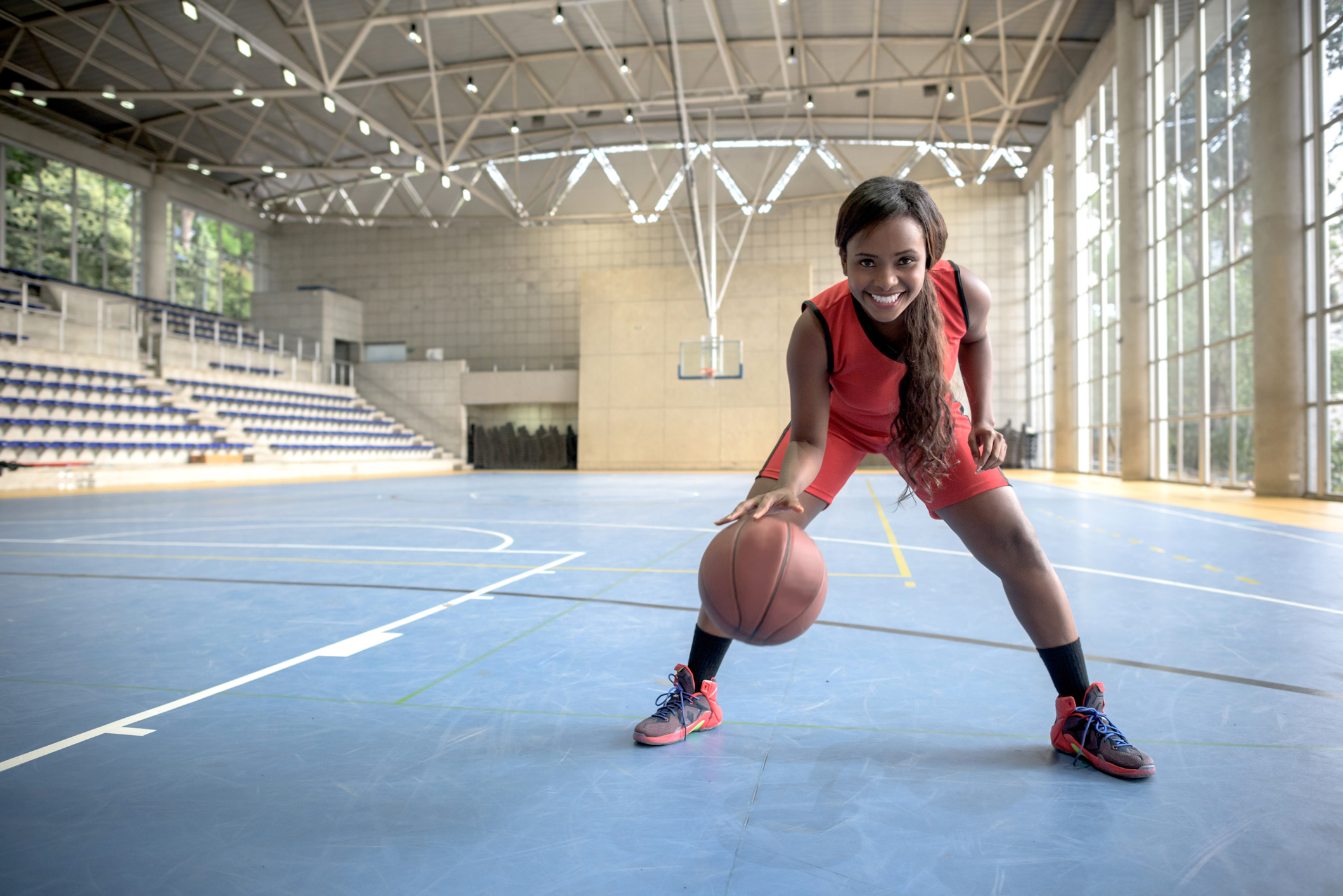
By Dr. John R. Mishock
Physical therapists use various treatment techniques to help their patients improve pain, enhance function, and optimize the individual’s quality of life. Physical therapists are highly trained in helping their clients acquire and optimize functional movement skills. Whether it is to learn to walk or perform the highest level sports performance activity such as; hitting a baseball or shooting basketball, the physical therapist understands how to use the brain and motor system to develop, train, and optimize movement skills. Physical therapists have a firm understanding of the brain and muscular system and use high-level motor learning techniques and principles to train individuals to maximize performance. In this article, I will review how the brain learns and perfects movement.
Neuromotor learning is how individuals learn and perform movements quickly and accurately with perfect practice. When learning a new task or perfecting a previously known movement, it takes a significant amount of dedicated, focused, perfect rehearsal.
There are two phases of neuromotor learning: a fast phase (rapid improvements throughout a single training session) and a slow phase (steady gains over multiple practice sessions). For example, in learning to shoot a free throw, a novice players shoot will be very uncoordinated with poor control. This is due to the brain and muscles not having a previous neuromotor movement memory. The brain learns the rudimentary movement quickly, causing a spike in the brain’s learning ability. However, the individual is a long way from having accuracy and consistent movement in the free-throw shooting. This process would be similar for individuals learning how to walk following immobilization following knee surgery. The brain is going through a process called “encoding.” Encoding refers to how a movement is converted from a simple uncoordinated action to a brain’s stored memory.
If the individual continues to practice the movement pattern, i.e., the basketball free throw, the brain transitions into the slow motor learning phase. During the slow motor learning phase, consistent, deliberate, perfect practice is needed to see performance gains. Sometimes a complex movement must be broken down into its component parts and trained individually. It is also helpful to teach movement in a slow, simple pattern moving to an intricate pattern with speed and complexity. For example, the individual may train just the arm and wrist motion while shooting a basketball. In learning how to walk, the first phase of gait would be worked on, heel strike with the knee extended. With this type of rehearsal, skill consolidation eventually occurs. Skill consolidation occurs when the movement becomes perfected. During the skill consolidation process, there is a deepening and reinforcing of the brain’s neurological pathways specific to the movement (synapse creation and myelination). Many people call this consolidation of the movement “muscle memory.” Muscle memory is a misnomer as the muscles have no memory; it is the brain that stores the movement pattern. The stored movement pattern is called an engram. At this point, the brain has now created “retention” of the movement. Interestingly enough, this brain development occurs not during the training session but between training sessions during sleep (REM sleep)—another reason why sleep is so important.
This is where most people fail. It takes hundreds of thousands of perfect movements (basketball shots or a baseball swing) to create the movement’s retention or engram in the brain. Many will not put in the time, effort, and mental focus to make this high-level skill. Once the engram is developed, the individual must then train at game speed and competition-specific situations. At this point, the individual is still not at elite level status but has foundational skills that can be developed to the highest level.
For example, think of a current great NBA shooter like Damian Lillard, Trae Young, Steph Curry, or JJ Redick. They have practiced the shooting in various game speed situations, creating elite level muscle (brain) memory to make shooting seem effortless. At this point, the movement is automated, with no thought required. They just trust their body to create the right shot.
Physical therapists can help train an individual in the simplest daily tasks to the most complex sports performance activity by using training principles of neuroscience and brain plasticity.
We can help!
If pain or limited function that is limiting you from doing the activities you enjoy, call Mishock Physical Therapy for a Free Phone Consultation (610)327-2600. Email your questions to mishockpt@comcast.net.
Visit our website to learn more about our treatment philosophy, our physical therapy staff, and our 6 convenient locations in Gilbertsville, Skippack, Phoenixville, Boyertown, Limerick (inside the Spring Valley YMCA), Pottstown, and Steiner Medical at www.mishockpt.com.
Dr. Mishock is one of only a few clinicians with doctorate level degrees in both physical therapy and chiropractic in the state of Pennsylvania. He has also authored two books; “Fundamental Training Principles: Essential Knowledge for Building the Elite Athlete”, “ The Rubber Arm; Using Science to Increase Pitch Control, Improve Velocity, and Prevent Elbow and Shoulder Injury” both can be bought on Amazon.
